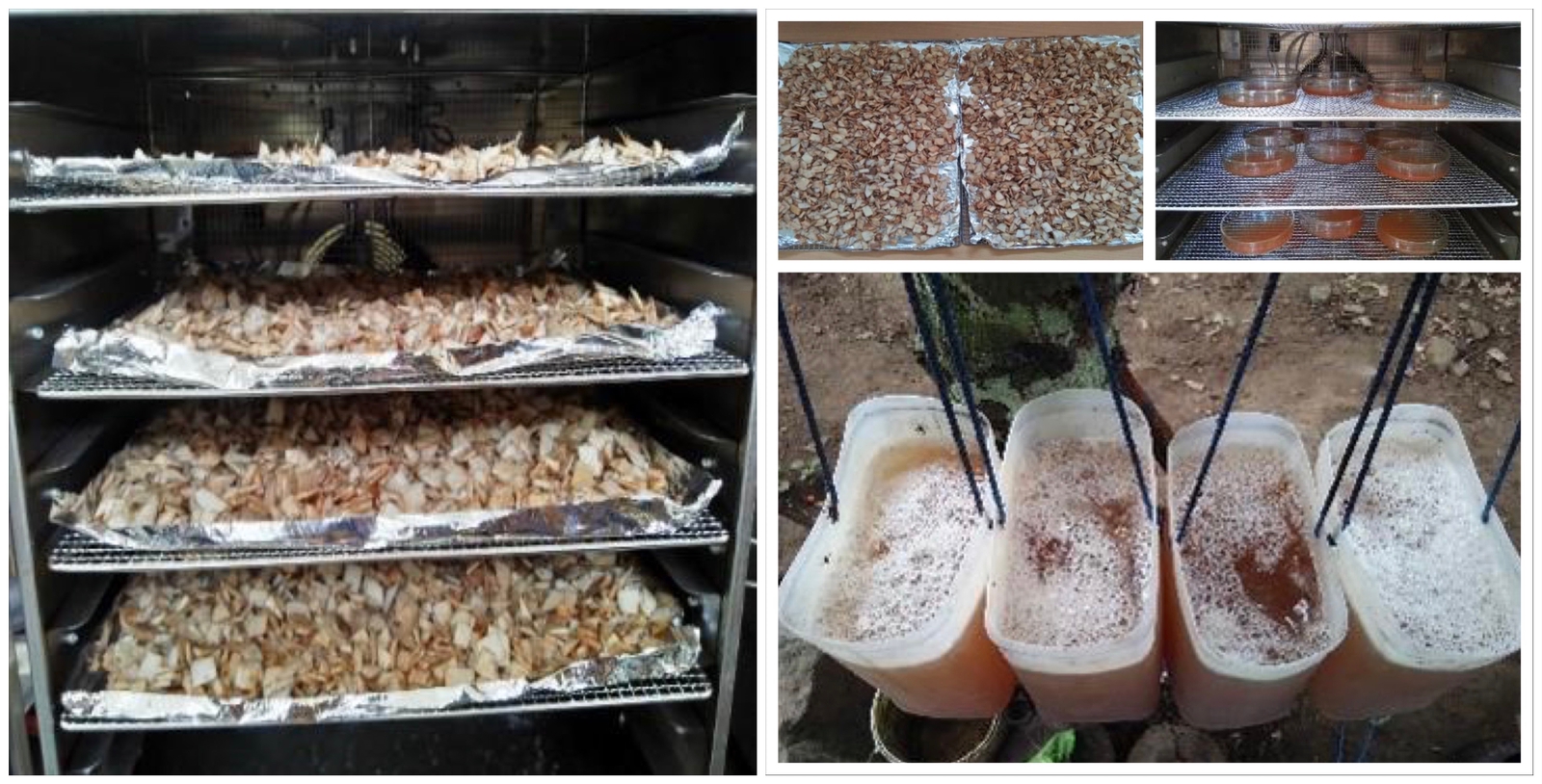Coconut Coir Preserves Coconut Nira, Dewi Parwati Innovates Coconut Coir in the Form of Encapsulates for Preserving Coconut Nira
Ni Kadek Ratningsih Dewi Parwati, who is usually called Dewi Parwati, successfully completed her bachelor's degree studies with a S.TP degree. in the Agricultural Industrial Technology Study Program at Udayana University on August 10th 2022. Under the guidance of Ir. Ida Bagus Wayan Gunam, MP., Ph.D and Dr. Eng I M. Mahaputra Wijaya, ST, M.Eng. , Dewi conducted research on the effect of the type and concentration of encapsulated natural preservatives on the characteristics of coconut sap during storage.
The research was carried out namely making coconut sap natural preservatives in the form of coco coir encapsulates to maintain the quality of the sap before further processing. Coconut sap is used as a raw material for making brown sugar, ant sugar and traditional drinks such as palm wine, wine, or palm wine by the people, especially in Bali. The need to add preservatives to sap is based on the very ease of damage to coconut sap caused by microbial activity, which results in a decrease in sugar content which is the main component used from coconut sap.
Dewi mentioned that her coconut sap craftsmen had added preservatives to the coconut sap, but the method used was still very simple, in the form of soaking some tree bark added with Lime (CaOH). Seeing this phenomenon, the encapsulation method of active compounds from coconut coir that has already gone through the extraction stage is carried out. Encapsulation is a technique for coating or coating an active ingredient with a polymer wall layer to produce small micro- or nano-sized particles. The advantage of encapsulation is that it can protect the active ingredients from environmental conditions such as light, temperature, humidity, and from interactions with other chemical substances.
The process of making coconut sap natural preservative encapsulates is drying the raw material which is then processed into powder with a particle size of 60 mesh. The powder was extracted using the maceration method and then evaporated. The thick extract obtained was encapsulated using the Thin Layer Drying method. The resulting encapsulates are crushed with a particle size of 60 mesh and are ready to be applied to coconut sap.
Dewi reported that in the resulting research, natural preservative encapsulates were able to retain coconut sap 24 hours longer than sap without preservatives or with preservatives used by sap craftsmen. She also suggested that further research is needed, namely the addition of natural preservative encapsulates starting from the time of tapping.





